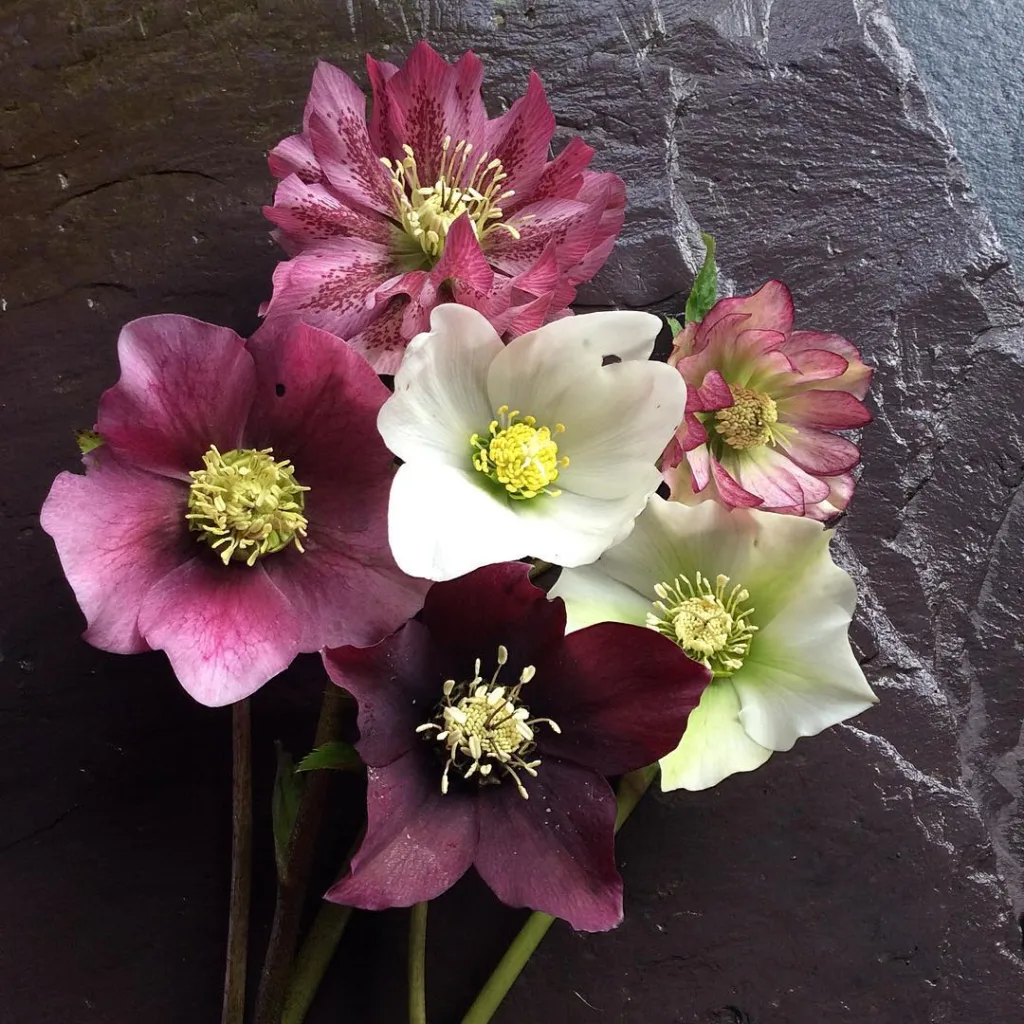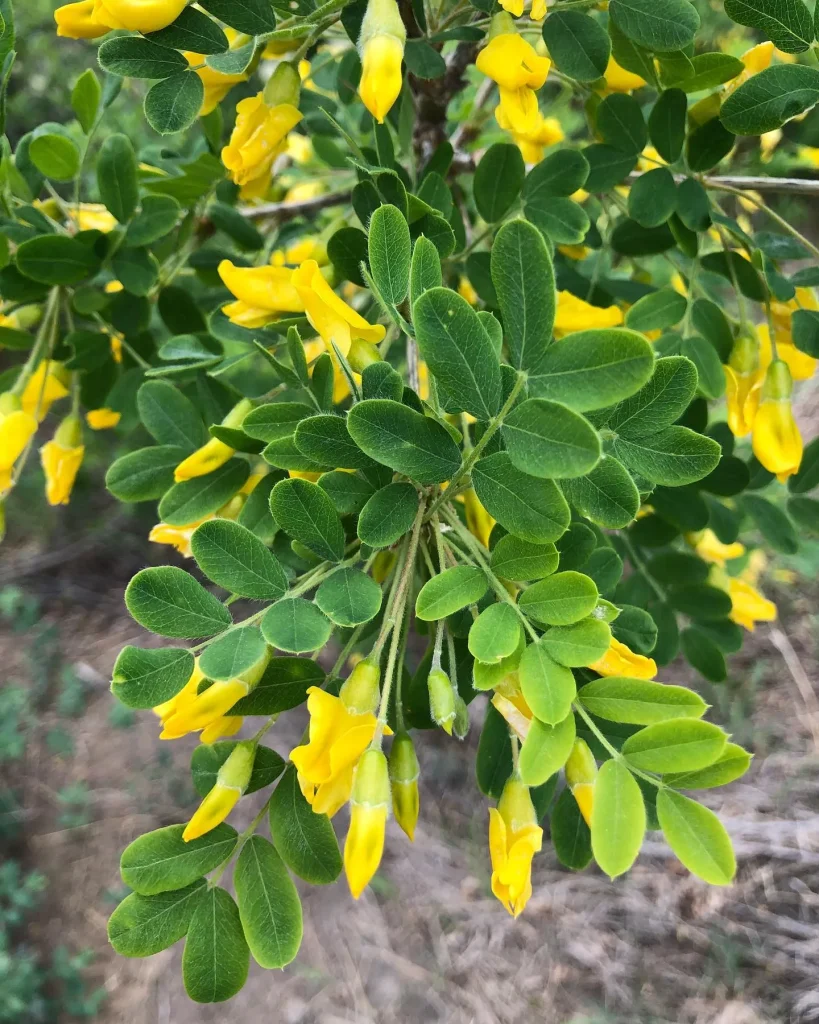FAQs About Dendrobium Smillieae
When it comes to orchids, Dendrobium Smillieae stands out as a unique and beautiful choice. Over the years, I’ve had the chance to grow and care for this stunning plant, and I often get asked questions about it. Whether you’re a seasoned orchid enthusiast or a curious beginner, here’s a comprehensive guide to help you understand Dendrobium Smillieae.
1621 Species in Genus Dendrobium
What Is Dendrobium Smillieae?
Dendrobium Smillieae is a member of the Dendrobium genus, known for its striking flowers and elegant growth. This orchid is native to parts of Southeast Asia, where it thrives in tropical climates. It’s appreciated for its vibrant, often fragrant blooms that can add a splash of color to any collection.
The plant features elongated pseudobulbs and narrow, arching leaves. The flowers typically emerge in clusters and can range in color from white to pink, often with distinctive markings. Its compact size makes it a great option for both beginners and experienced growers.
How to Care for Dendrobium Smillieae?
Caring for Dendrobium Smillieae can be a rewarding experience if you get the basics right. Here’s what I’ve learned from my own experience:
Light
Dendrobium Smillieae enjoys bright, indirect light. Place it near a window with filtered sunlight or use artificial grow lights if natural light is limited. Too much direct sunlight can scorch its leaves, while too little can hinder flowering.
Temperature
This orchid thrives in warm temperatures, ideally between 70-85°F (21-29°C) during the day and 50-60°F (10-15°C) at night. It’s important to provide a stable environment to avoid stressing the plant.
Watering
Dendrobium Smillieae prefers to be kept moist but not soggy. I water it when the top inch of soil feels dry. During its active growth period, which is typically in the warmer months, it will need more frequent watering. In the winter, reduce watering to avoid root rot.
Humidity
High humidity is crucial for Dendrobium Smillieae. Aim for 50-60% humidity in its environment. If you live in a dry climate, consider using a humidity tray or a room humidifier.
Fertilizing
I fertilize my Dendrobium Smillieae monthly with a balanced orchid fertilizer. During the growing season, use a formula with higher nitrogen content to support growth. Reduce feeding during the dormant period.
How to Propagate Dendrobium Smillieae?
Propagation of Dendrobium Smillieae can be done through division. Here’s the process I follow:
- Timing: The best time to divide your orchid is after it has finished blooming, usually in late winter or early spring.
- Preparation: Sterilize your tools to prevent disease. Gently remove the plant from its pot and separate it into sections, ensuring each division has at least three pseudobulbs and a healthy root system.
- Re-potting: Plant each division into a new pot with fresh orchid mix. Water thoroughly and keep the newly potted orchids in a warm, shaded location until they establish.
What to Plant With Dendrobium Smillieae?
Dendrobium Smillieae can be paired with other orchids or plants that have similar care requirements. Here are some companions that work well:
- Phalaenopsis Orchids: They have similar light and humidity needs.
- Oncidium Orchids: Their care requirements align closely, making them good neighbors.
- Ferns: They can help maintain humidity levels around the orchid.
Is Dendrobium Smillieae Toxic?
Dendrobium Smillieae is generally considered non-toxic to humans and pets. However, it’s always a good practice to keep plants out of reach of pets and young children to prevent any potential issues.
Benefits of Growing Dendrobium Smillieae
Growing Dendrobium Smillieae offers several benefits:
- Aesthetic Appeal: Its vibrant flowers can brighten up any space.
- Air Purification: Like many orchids, it can help improve air quality.
- Companion Planting: Its size and growth habit make it a versatile addition to various plant arrangements.
Common Problems and Solutions
Despite its beauty, Dendrobium Smillieae can face a few challenges:
- Root Rot: This is often caused by overwatering. Ensure the potting mix drains well and reduce watering frequency.
- Pest Infestations: Watch for pests like scale and aphids. Use insecticidal soap or neem oil to treat infestations.
- Leaf Drop: If the plant drops leaves, it might be a sign of environmental stress or incorrect watering. Adjust care practices as needed.
Comparison with Similar Plants
Dendrobium Nobile
Dendrobium Nobile is another popular orchid that can be confused with Dendrobium Smillieae. While both have similar care needs, Dendrobium Nobile tends to have larger pseudobulbs and more varied flower colors.
Dendrobium Phalaenopsis
Dendrobium Phalaenopsis is often compared to Smillieae due to its similar care requirements. However, Phalaenopsis orchids typically have broader leaves and more extensive flower spikes.
In conclusion, Dendrobium Smillieae is a charming and manageable orchid that can thrive with a little attention and care. Whether you’re a beginner or a seasoned grower, understanding its needs and addressing common issues will help ensure your plant remains healthy and beautiful.
If i die, water my plants!



